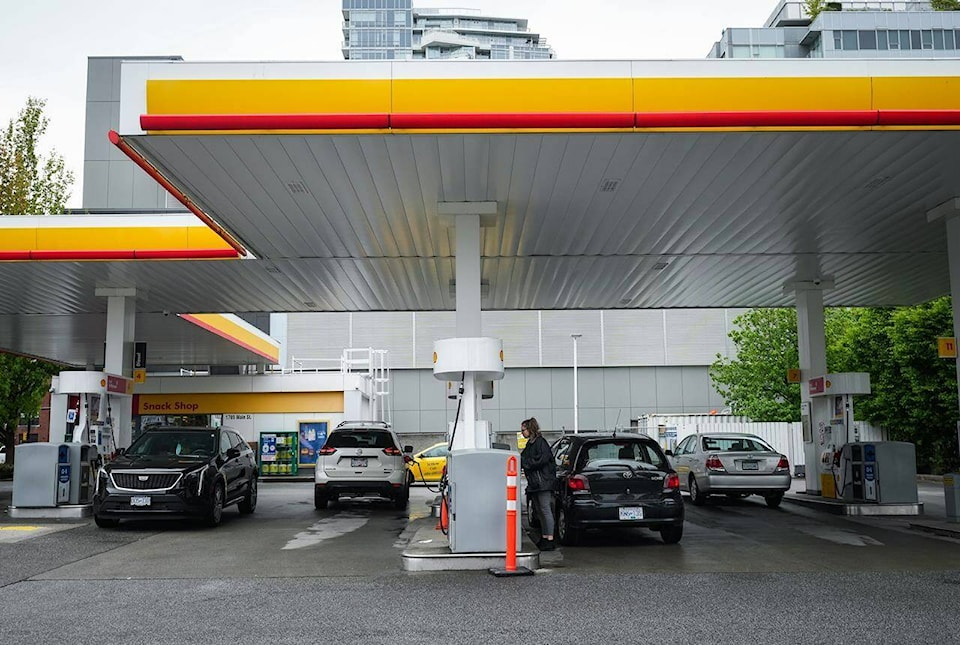Canadian consumers are pulling back on spending as rising prices and high interest rates appear to be taking a toll on retail sales.
Retail sales slipped 0.2 per cent to $66.3 billion in February amid a drop in spending at general merchandise stores and gasoline stations and fuel vendors, Statistics Canada said Friday.
The early estimate for March also points to an even steeper decline of 1.4 per cent, though the agency cautioned the figure would be revised.
“We’re starting to see consumers tighten their belts,” retail analyst Bruce Winder said. “Canadian consumers are incredibly cautious right now.”
Economists have warned of a lag between rising prices and high interest rates and the affect on the economy. While the Bank of Canada held its key lending rate at 4.50 per cent at its most recent rate decision, it is up from 0.25 per cent at the start of 2022.
“It is clear that consumer spending behaviour has been impacted by the rapid rise in interest rates even as the economy as a whole has generally outperformed expectations,” Andrew Grantham, senior economist with CIBC Capital Markets, said in a client note.
Still, the pull back in consumer spending could help ease inflation even further, he said.
“This sluggishness in spending should help keep goods price inflation under control (assuming supply chain issues don’t worsen again), allowing the Bank of Canada to stay on hold for the remainder of this year before gradual cuts start early in 2024,” Grantham said.
The annual rate of inflation in Canada dropped to 4.3 per cent in March, but grocery prices climbed 9.7 per cent on a year-over-year basis, Statistics Canada said Tuesday.
For February, retail sales were down in four of the nine subsectors as sales at gasoline stations and fuel vendors fell 5.0 per cent for the month and general merchandise retailers lost 1.6 per cent.
Meanwhile, sales at motor vehicle and parts dealers rose 0.9 per cent in February.
Core retail sales — which exclude gasoline stations and fuel vendors and motor vehicle and parts dealers — increased 0.1 per cent helped by a 4.4 per cent gain in sales at clothing, clothing accessories, shoes, jewelry, luggage and leather goods retailers.
“Consumers are picking are choosing where they cut spending,” Winder said. “More companies are quietly nudging workers back into the office, so that could be helping spending in some areas.”
In volume terms, a measure that adjusts for the impact of inflation, overall retail sales fell 0.7 per cent in February.
The Bank of Canada’s business outlook and consumer expectations surveys released earlier this month found that the economy has been relatively resilient amid high interest rates but that’s expected to change in the coming months.
With a potential recession looming, the surveys showed consumers expect to pull back on spending and businesses anticipate sales will slow.
The Bank of Canada found almost half of firms have adjusted their business plans to account for a recession while consumers are planning to spend less on activities such as travel and going to restaurants over the next year.
—Brett Bundale, The Canadian Press
READ MORE:




